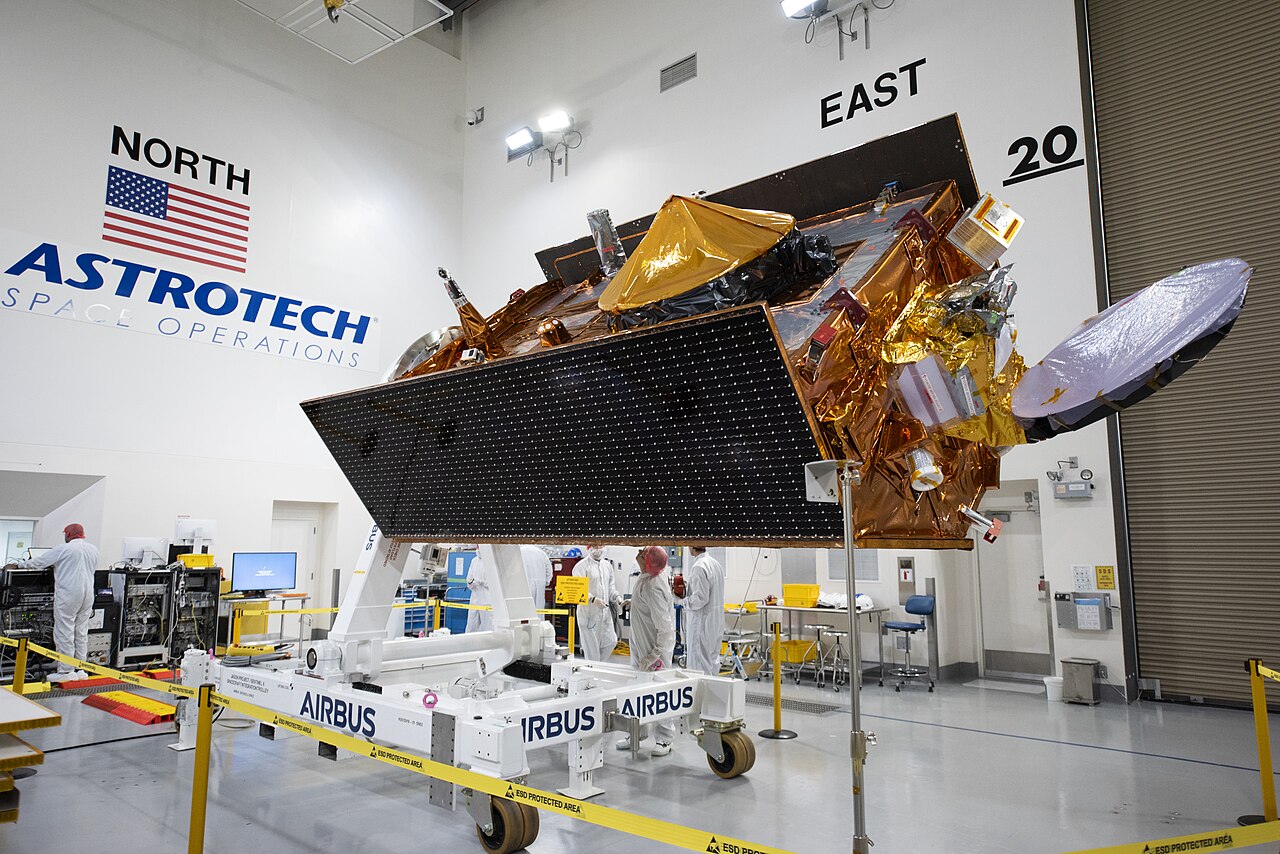PICTURED: The Chang’e-4 lunar lander gathers information from the far side of the moon. The Chang’e-5 lander which was launched this week by the Chinese National Space Administration, is quite similar to the Chang’e-4, but is meant to secure lunar geology samples instead of things like radiation readings.
BEIJING, China. November 24th, 2020. As one of the spacefaring powers, China has just launched its most ambitious technical expedition yet with the objective of bringing back very young rock samples from craters in a particular region of the moon.
The 4-part spacecraft rode a Long-March 5 rocket from the Wenchang Satellite Launch Center on Hainan Island into the atmosphere before separating and using its own thrusters to set a 4-day course to the moon on a mission to gather evidence of late lunar volcanism.
The hope of scientists in China is that the samples will help them garner a better understanding of the history of the moon’s volcanic activity which may have wiped out craters made by asteroidal impacts when magma erupted from the lunar surface and washed them away.
The landing craft will collect the rocks with a mechanical scoop that can drill 2 meters down into the surface, before transfering the payload to an ascent craft, which will carry it back into space. Once there the contents will be shifted to another module that will return to Earth, landing in Mongolia.
The young rocks the lander module will collect will also hopefully shed light on the bombardment of comets and asteroids that slammed into the moon as well as the Earth in their later history, and perhaps answer the questions as to whether the base ingredients for life were introduced here and there by said comets and asteroids.
Long Xiao, a planetary scientist at the China University of Geosciences, told National Geographic that confidence is high that the samples will “absolutely add new knowledge of the history of the moon”.
PICTURED: Diagram of Chang’e-5 mission profile and equipment. Photo credit: Loren Roberts. CC 3.0.
A 45 year reunion
When Soviet astronauts returned to the Earth with moon rocks in 1976, it would be the last time in modern history that geological samples from our nearest neighboring body were brought here. The Soviets had with them less than a pound of material, while the Apollo missions conducted some years before brought back hundreds of kilograms.
Their specimens ranged from 3-4 billion years in age, while the Chang’e-5 mission is looking to find rocks that are only 1 billion years old, around the time when multicellular life may have already been present on Earth.
In the northwest corner of the moon’s near side, in a region called the Oceanus Procellarum, Latin for “Ocean of Storms” lies a 70 kilometer-long mound called Mons Rümker, which sits in the largest plain of volcanic rock on the moon’s surface. Oceanus Procellarum is so large you can see it with the naked eye, and consists of dark basalt rock plains rich in potassium, phosphorus, thorium, uranium, and other rare-earth minerals.
Here the rocks are thought to be much younger, and that they can perhaps shed light on the state of the moon during the end of its volcanic activity, as well as when life was first developing on earth.
The European Space Agency (ESA) is hopeful of receiving some of the material for study, though no agreements have yet been made.
Karl Berquist, head of international cooperation at the ESA who was speaking with National Geographic, did say that the ESA would aid in the endeavor with “support from our deep space network in the critical beginning of the mission and then later with backup support for the mission’s critical phases”.
“Scientists around the world are welcome to participate in the research related to the lunar samples brought back by the mission,” said Pei Zhaoyu, deputy director of the Chinese state space agency’s lunar landing and exploration program.
Chang’e-5 will carry instruments similar to the ones on Chang’e-4, the first lunar lander to visit the moon’s far side. An imaging spectrometer will allow the Chinese to plumb the geological layers to a depth of 200 meters looking for signs of water-containing chemicals, giving yet more insights and research material while looking for the moon rocks.
“We will have new and our own lunar samples to study … [and] it will inspire young students and scientists to engage in planetary science and exploration,” added Professor Long.
Continue exploring this topic — Moon’s Surface Safe for Up to 6 Months of Human Habitation — Study
Continue exploring this topic — NASA Gets Back to Sending Astronauts to the ISS with the First-Ever Commercial Space Flight




